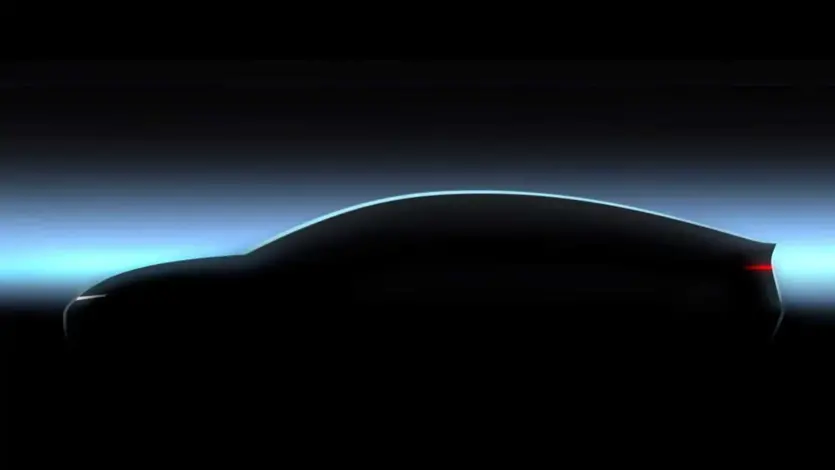
Rivian’s technologies will gradually appear in Volkswagen’s electric vehicles. First, they will be used in Audi and Porsche, and later they will even find a place in Volkswagen’s flagship model, known as Project Trinity.
The Project Trinity electric car has received considerable attention as a potential savior of the brand at a time when Volkswagen has lost some of its appeal to customers. However, the company delayed the Trinity in favor of other models, such as the new electric Golf and members of the current ID lineup. Now we know why.
It turns out that Volkswagen is taking its new partnership with Rivian seriously, investing $5 billion in the joint venture. The flagship Project Trinity electric vehicle will use a new architecture developed in partnership with Rivian.
Project Trinity remains in development, although its launch has been delayed. The car is expected to have advanced features such as Level 4 autonomous driving. Part of the reason for the delay is Volkswagen’s desire to launch a more “iconic product” — an electric version of the Golf first. This will also allow the company to prepare the new “software-defined car” architecture they are developing with Rivian.
The electric Golf will be introduced in 2029, and the Trinity will follow later. The flagship was originally planned to be released in 2026, but now, according to rumors, the Trinity may not appear until 2032.
However, we should not expect mass production of the Trinity (or whatever Volkswagen decides to call it). The car will be an exclusive product, similar to the Phaeton, but powered by electricity instead of the W12 under the hood.
“We have shifted our priorities a little bit, not because the Trinity is not important, but because it was never seen as a mass market car,” — VW CEO Thomas Schafer explained.
However, it is worth noting that the Golf will not be the first electric vehicle in the Volkswagen family of brands to receive Rivian technology. The new electric architecture will first be tested on Porsche and Audi, which will switch to it in 2027. This is in line with the strategy of introducing new technologies first to premium brands and then to the mass segment. Eventually, however, the architecture will be used across all VW brands, from budget compacts to luxury SUVs (and possibly even sports cars).
As for Project Trinity, it remains a benchmark for Volkswagen, albeit with some delay. If the car turns out to be impressive enough, it could bring back mass market interest in the VW brand, even if it is produced in limited numbers. The main thing is that Volkswagen is building a strong technological base, and Trinity will be an important part of this process.
Source: insideevs

Spelling error report
The following text will be sent to our editors: